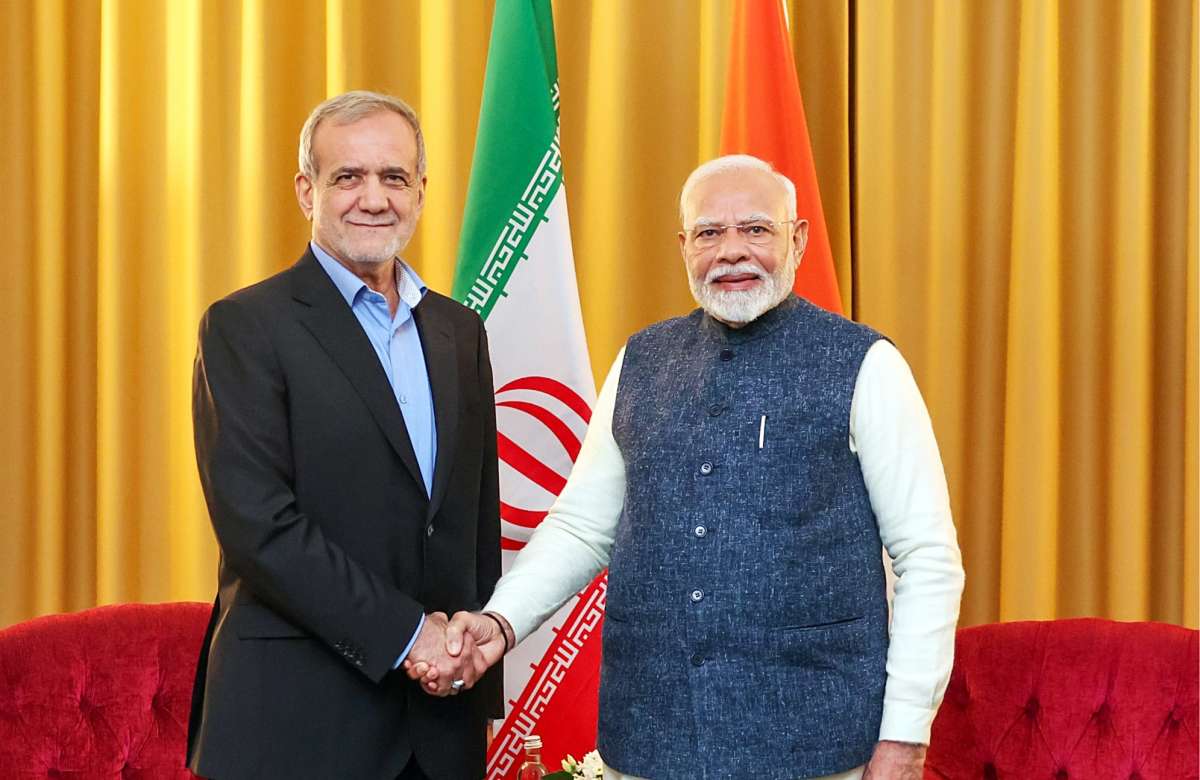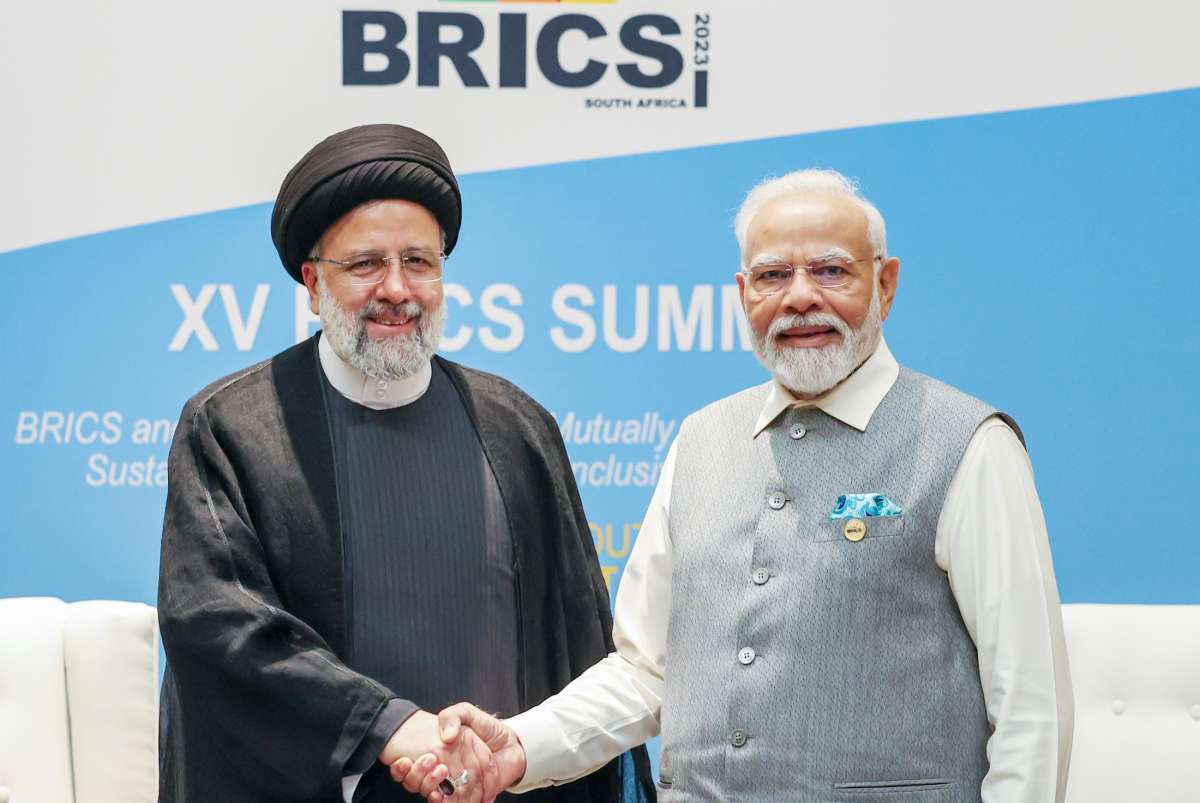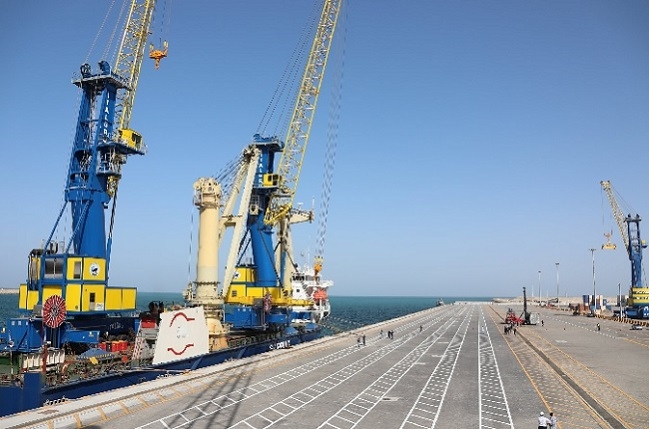The delegation led by JP Singh, the Joint Secretary of the Pakistan-Afghanistan-Iran division in the MEA, on November 4-5 visited Kabul, where they also met former President Hamid Karzai and a few senior ministers
An Indian delegation headed by a senior Ministry of External Affairs (MEA) official met Afghanistan’s interim Defence Minister Mullah Mohammad Yaqoob this week, offering the use of Chabahar Port in Iran to business groups in Afghanistan, while also holding discussions on extending more humanitarian assistance to Kabul.
The delegation led by JP Singh, the Joint Secretary of the Pakistan-Afghanistan-Iran division in the MEA, on November 4-5 visited Kabul, where they also met former President Hamid Karzai and a few senior ministers.
“During the visit, he (Singh) had several meetings with Afghan ministers, including the acting Defence minister. He also called on former Afghanistan President Hamid Karzai and the head of UN agencies there,” MEA spokesperson Randhir Jaiswal said in response to a question during the weekly media briefing in New Delhi on Thursday.
“They had discussions on India’s humanitarian assistance, and how Chabahar Port can be utilised by the business community in Afghanistan for transactions and for export and import and any other thing that they would like to do,” he said.
“Providing humanitarian assistance to Afghanistan is an important part of our assistance programme and so far in the last few months, and few years, we have dispatched several shipments of humanitarian assistance. We have longstanding ties with the people of Afghanistan, and these ties will continue to guide our approach towards the country,” Jaiswal said.
India does not recognise the Taliban regime that has been ruling Afghanistan since 2021, but has been providing humanitarian aid, including wheat, medicines and medical supplies, to the Afghan people from time to time.
This was Singh’s first meeting with the Taliban’s acting defence minister Mullah Mohammad Yaqoob, the MEA said. Yaqoob is the son of Taliban founder Mullah Omar.
Karzai said in a post on X on Wednesday that he and Singh had discussed the long-standing and historic ties between the two countries and emphasised on the need to strengthen bilateral relations “as much as possible”.
While appreciating India’s cooperation with the people of Afghanistan, Karzai said more attention should be paid to the education and training of the Afghan youth, developing trade, and easing travel between the two sides.
“They had discussions on India’s humanitarian assistance that we are providing to people in Afghanistan, as also how the Chabahar port can be utilised by the business community in Afghanistan for transactions and for export and import and any other thing that they would like to do for,” Randhir Jaiswal, spokesperson of Ministry of External Affairs, said while addressing a weekly media briefing in New Delhi.
Jaiswal further said that in recent times, India has provided 50,000 metric tons of wheat, 40,000 litres of pesticide, 30 tons of medicine, and 28 tons of earthquake relief aid to Afghanistan.
The Chabahar Port is an India-Iran flagship project that serves as an important transit port for trade with Afghanistan and Central Asian countries, which are landlocked countries.
The spokesperson further said that providing humanitarian aid to Afghanistan is vital for India’s assistance programme.
“I also want to recall here that providing humanitarian assistance to Afghanistan is an important part of our assistance program and so far in the last few months, and few years, we have dispatched several shipments of humanitarian assistance which includes 50,000 metric tonnes of wheat, 40,000 litres of Malathion pesticide, 30 tonnes of medicine and 28 tonnes of earthquake relief aid. We have longstanding ties with the people of Afghanistan, and these ties will continue to guide our approach towards the country.”
Notably, Afghanistan’s Acting Minister of National Defence Maulvi Muhammad Yaqoob held a discussion with an Indian delegation led by JP Singh.
In a post on X on Wednesday, Afghanistan’s Ministry of Defence wrote, “Acting Minister of National Defense met and talked with the Indian delegation. Acting Minister of National Defense Maulvi Muhammad Yaqoob ‘Mujahid’ today met and talked with an Indian delegation led by JP Singh in his office.”
“In this meeting, both sides emphasised joint cooperation for the development of bilateral relations, especially humanitarian cooperation and other important issues, and expressed their interest in strengthening more interactions between Afghanistan and India,” it added.
Last month, Prime Minister Narendra Modi had met Iranian President Masoud Pezeshkian on the sidelines of the 16th BRICS Summit in Kazan. The two reviewed bilateral relations and discussed ways to further strengthen cooperation in various fields.
During the meeting, Modi invited Masoud Pezeshkian to visit India at an early date. Iranian President Pezeshkian accepted the invitation, Prime Minister’s Office said in a release.
Modi congratulated Pezeshkian on his victory in the elections. He also welcomed Iran in the BRICS family. This was the first meeting between the two leaders since Masoud Pezeshkian took over as President of Iran in July this year.
In a press release, Prime Minister’s Office stated, “Noting that the signing of the long-term contract of Chabahar Port is an important milestone in bilateral relations, the two leaders reaffirmed its significance for reconstruction and redevelopment of Afghanistan and enhancing trade and economic linkages with Central Asia.”
The Chabahar Port is an India-Iran flagship project that serves as an important transit port for trade with Afghanistan and Central Asian countries, which are landlocked countries.
ALSO READ: India’s point person for Afghanistan meets Taliban minister





